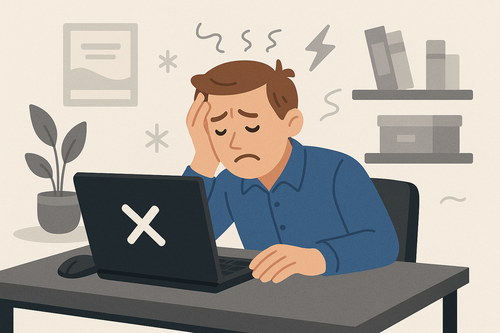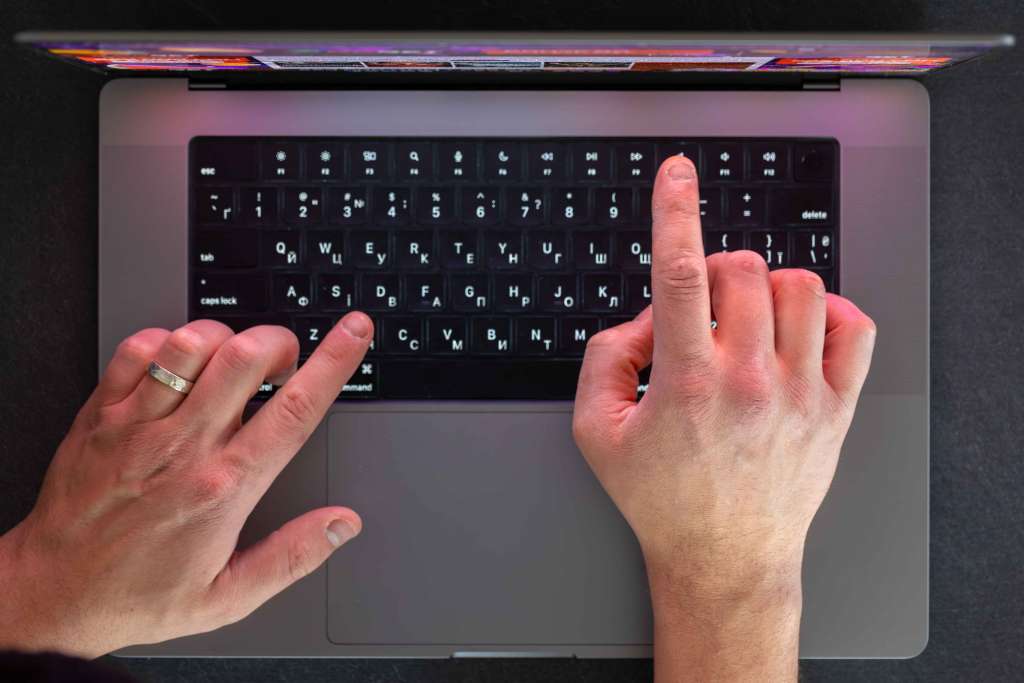You open your laptop, fire up the connection, and wait for the familiar desktop to appear. But instead of logging in, you’re met with an error. Maybe it’s vague, maybe it’s technical, or maybe it’s just flat-out confusing. Sound familiar? You’re not alone. When remote desktop not working becomes your daily struggle, it’s time for a smarter approach.
This guide is built for anyone who’s faced with connection failures and wants to fix them fast. No fluff — just clear troubleshooting steps and a bit of logic to help you regain control of your remote access.
Why Remote Desktop Fails More Often Than You Think
Remote Desktop is a powerful tool — until it breaks. And when it breaks, it often does so without much explanation. What makes it worse is that many error messages are cryptic or misleading. For example, when remote desktop an internal error has occurred, it doesn’t tell you where to look or what to check.
Even seasoned IT pros can lose time chasing the wrong issue. That’s why understanding the most common failure points — and their symptoms — can turn troubleshooting into a checklist, not a guessing game.

Common Myths About Remote Access Problems
- “It’s the internet.” (Not always — it could be a locked-out session.)
- “My antivirus is blocking it.” (Sometimes true, but not always the cause.)
- “I need to reinstall everything.” (Almost never necessary.)
Understanding the Key Points of Failure
- Misconfigured firewall rules
- Incorrect credentials or expired passwords
- Session limits or conflicting services
Check the Basics First: The Essentials to Verify
Before diving into complex fixes, rule out the obvious. Is the host machine turned on and connected to the internet? Is remote desktop troubleshooting even enabled on that device? It sounds silly, but many hours have been wasted on machines that were asleep, powered off, or disconnected.
Also, test another device or network to see if the issue is on your side or theirs. The best fixes start with asking, “What’s changed recently?” — a password update, system reboot, or even a Windows update can trigger failures.
Is Remote Desktop Enabled on the Host Machine?
- Check settings in System > Remote Desktop
- Ensure the PC isn’t set to go into sleep mode too quickly
Is the Network Connection Stable on Both Ends?
- Run a speed test
- Try pinging the remote machine’s IP
- Avoid public Wi-Fi or mobile hotspots during setup
Firewall, Ports, and IP Address Issues
Firewalls love to block things — even when they shouldn’t. Double-check that port 3389 (the default RDP port) is open on your host. Also, confirm the correct IP address hasn’t changed since your last login. These tiny changes often create big headaches.
If you’re working from home, check your router’s settings too. Some routers reset IP leases daily, and that means your remote desktop not working issue could just be a moving target problem.
Remote Desktop Port Configuration and Forwarding
- Make sure TCP 3389 is open on firewalls and routers
- If your ISP blocks 3389, try using a custom port and update router settings

Dynamic IP Problems and How to Avoid Them
- Set a static IP for the host in your router
- Use Dynamic DNS if you don’t have a static external IP
Authentication and Credential Errors
One of the most frustrating issues is when credentials just don’t work — even though you’re sure they’re correct. Sometimes, this is due to Windows updates resetting group policies or login formats. Other times, it’s about domain vs local account confusion.
This is also when you might see the dreaded remote desktop internal error or remote desktop an internal error has occurred message. These are vague but often tied to authentication timeouts or handshake issues.
Fixing Username and Password Rejections
- Use the correct format: DOMAIN\Username or .\Username for local
- Reset passwords on both ends if in doubt
Domain vs Local Account Conflicts
- Double-check which account type you’re logging in with
- Avoid saved credentials if they’ve recently changed
Session and Licensing Conflicts
When you see errors like remote desktop services is currently busy or worse — the task you are trying to do can’t be completed because remote desktop services is currently busy — you’re dealing with session or licensing overload. This often happens when too many users are connected, or sessions aren’t being properly closed.
You can use tools like Task Manager or Terminal Services Manager to check if ghost sessions are piling up. Or you might be hitting the session limit for your RDP license model.

Remote Desktop Services Is Currently Busy – What It Means
- Sessions aren’t ending properly, clogging the system
- The host is out of available connections (especially in Windows Home editions)
Session Host Configuration and Limits
- Open Group Policy Editor > Set session time limits
- Force logoff after disconnects to free up slots
When to Use Logs, Tools, and Alternatives
Sometimes, the only way to find the cause is to dig into logs. Open Event Viewer and check under Applications and Services > Microsoft > Windows > TerminalServices for relevant messages. You’ll often find clues around login attempts, disconnects, or errors.
And if your setup consistently breaks, it may be time to explore an alternative to remote desktop. Tools like remote desktop manager devolutions or devolutions remote desktop manager provide better session management, bulk credential control, and easier multi-machine access.
Checking Remote Desktop Logs for Clues
- Use Event Viewer: filter for TerminalServices-related errors
- Search for recent login failures, port issues, or service crashes
Using Remote Desktop Manager Tools to Diagnose Issues
| Feature | Description |
|---|---|
| Centralize connections across multiple servers | Manage and access all remote servers from a single dashboard |
| Store credentials securely with role-based access | Control who can view or use specific login details for better security |
| Monitor and log every session without relying on Windows tools | Track activity and keep detailed records using built-in logging features |
Stay Calm and Troubleshoot Methodically
When RDP fails, it’s easy to spiral into frustration — especially if you’re under pressure. But slow, structured troubleshooting almost always wins. Whether it’s a remote desktop internal error, session overload, or a simple typo in credentials, most problems have a fix.
Keep this guide as your checklist, and the next time remote desktop not working flashes on your screen, you’ll know exactly where to start — and more importantly, where not to waste your time.
